Hey friends,
Hope you are all having a good week and killing it out there with whatever you guys are doing!
Every Wednesday I will be covering different fundamental topics related to blockchains/crypto/web3. Feel free to reach out with any requests and I will make sure to consider them for future editions!
On Sunday I’ll be sending out the second edition of This Week In Crypto so don’t forget to subscribe so you get that one in your mailbox!
Today’s topic is: blockspace. Let’s get into it.
McDonalds sells shitty burgers, Facebook sells your information to Russia and Tiktok sells your soul to the devil. All fairly obvious, but what is not obvious to a lot of people, is what do blockchains actually do? In what business are blockchains?
Blockspace. A new, critical and emerging computing resource.
We’ll keep it fairly simple today:
What is blockspace
A path forward
What is blockspace?
Very simply put, blockspace is space on a blockchain where you can run code & store data. There is a big difference though with traditional computing: hardware owners are no longer in control - it is the software that is in charge of the hardware. It is the code you write and store on the blockchain that decides what is going to happen.
What this actually means is that now, you can write code that makes strong commitments about how it's going to behave in the future. This opens up the space for a new wave of entrepreneurs and developers who are building new classes of applications.
A completely new design space is born where users and computers can simply interact with each other without the need for a third party to ensure trust. It is all in the code!
What is interesting is that blockchains are not simply computers. Of course, a blockchain network is a network of interconnected nodes/computers that execute code. But at the same time, blockchains are social networks and communities. That means that blockchains need to be evaluated from different perspectives.
From the computing point-of-view, both performance and security are very important. You want blockchains to be fast, to have a high throughput and high TPS (transactions per second) so that it can support a lot of activity from various applications. You also want it to be extremely secure - that is the whole purpose of the blockchain. That you can not hack it, you can not edit the code, you can not modify the ledger. You want it to be incapable of corruption.
Looking at the social layer, blockchains need to have healthy communities that are focused on building in order to thrive. A healthy community is one where every member is contributing to the success of the blockchain, building, giving feedback, trying to be an active member with a valuable contribution to the overall community.
The reason blockchains and blockspace is so valuable, is because this is the first way we can have "state" data on the internet that is owned by a community as opposed to a corporation.
This is extremely important to make switching costs as low as possible for users. Chris Dixon talks about this here:
To wrap up this section, you can think of blockspace as a new, emerging, critical computing resource alongside traditional computing resources like bandwidth, storage, compute, etc.
If the web3 vision plays out, this could be the most important new computing resource of the 2020s.
A path forward
Today we see a lot of different ecosystems being built, each with its own community, its own applications and builders. There have been a lot of efforts in the space building bridges to make blockchains interoperable so users can easily “bridge” their assets and messages from one blockchain to the other. There are plenty of bridges out there today and many more being developed, but UX is still not good enough for the average (non-crypto) person.
Easy-to-use bridges are one of the key infrastructure components that are necessary for building a future of interoperable blockchains. Users need to be able to seamlessly “roam” between blockchains without them ever realizing they did, or even realizing they are using an app that is built on a blockchain.
When it comes to growth, we can expect blockchains to follow a similar pattern to previous computing waves: as more applications get built, there is greater demand for infrastructure. As the infrastructure gets better, that unlocks new applications.
We call this induced demand:
With the market in what looks to be a recession, it is the perfect timing to focus on what is really important and leave behind all speculation. It is time to build. Time to improve user experience, fix the problems we have and figure out what the next wave of killer apps are that are going to drive this wave of computing forward.
Wrapping it up
To wrap it all up, there is a simple framework to think about public blockchains and tokens: they sell blockspace.
Last year, for example, Ethereum sold over $10 billion worth of blockspace. The purchase of said blockspace happens with the blockchain’s native token. So on the Ethereum blockchain, users pay for blockspace using Ether.
This native token (Ether) serves as a digital commodity within the Ethereum ecosystem. Whether you want to build a DeFi app, earn yield on $AAVE, execute a trade on @Uniswap, play a game like @AxieInfinity or flip NFTs on @opensea - you always need to have some Ether for transaction fees.
And that, my friends, is how blockchains make money.
That is it fam - hope you enjoyed it. See you on Sunday for This Week In Crypto and next Wednesday for another crypto knowledge share!




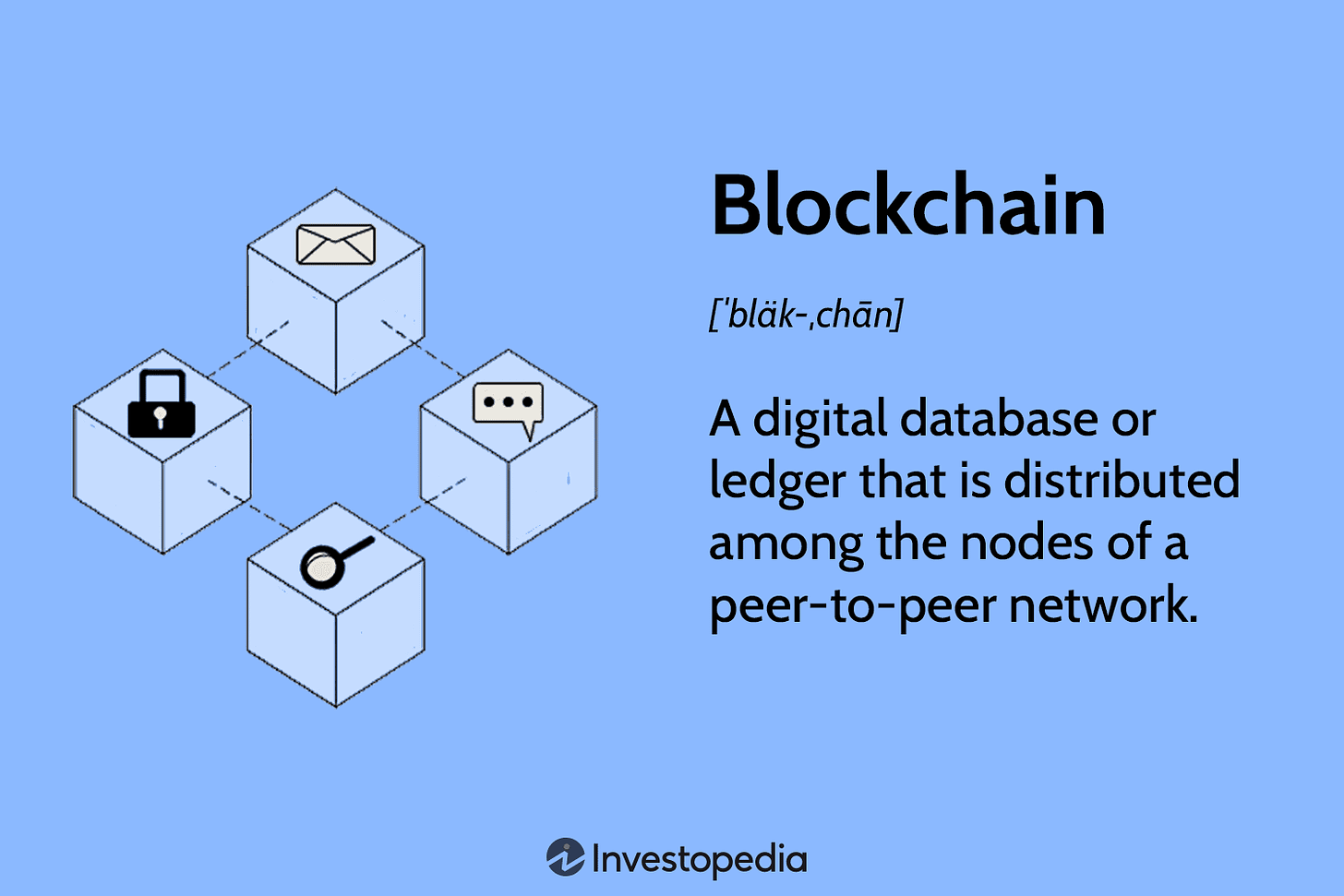
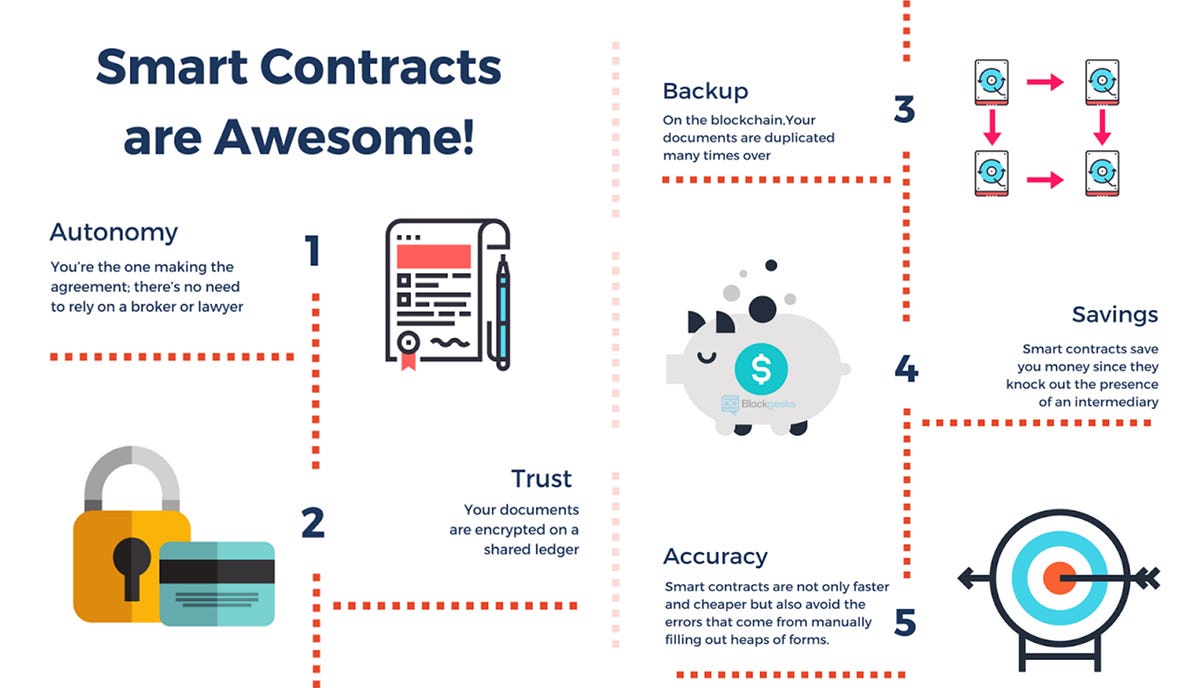

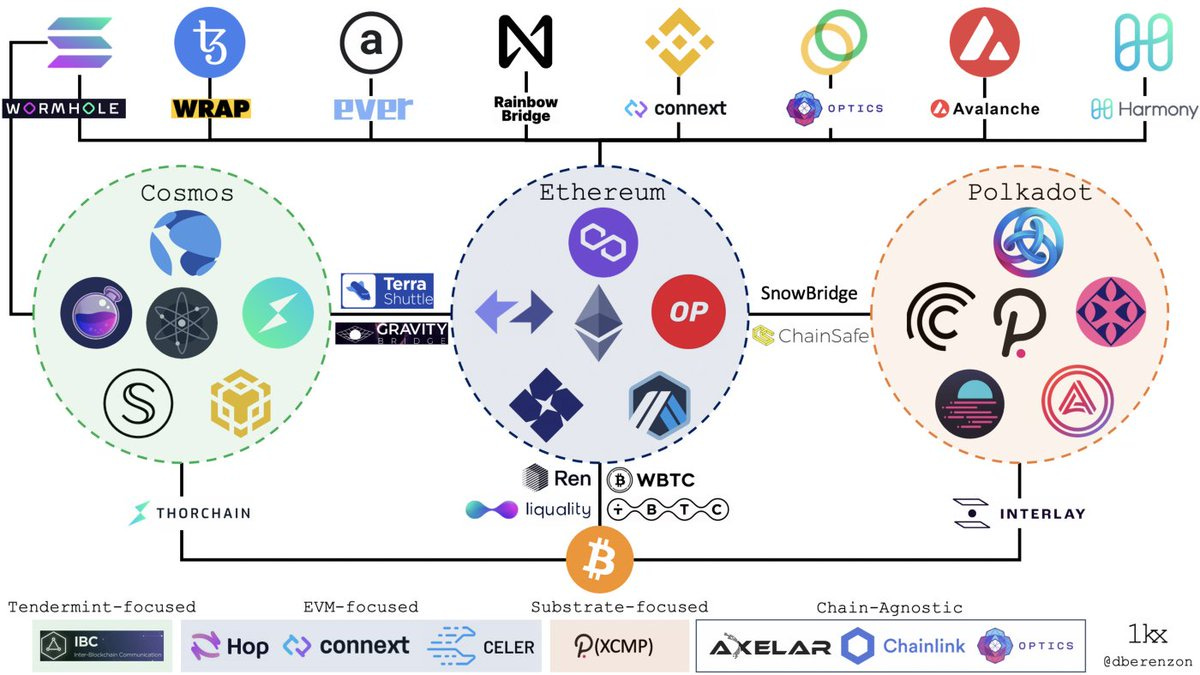
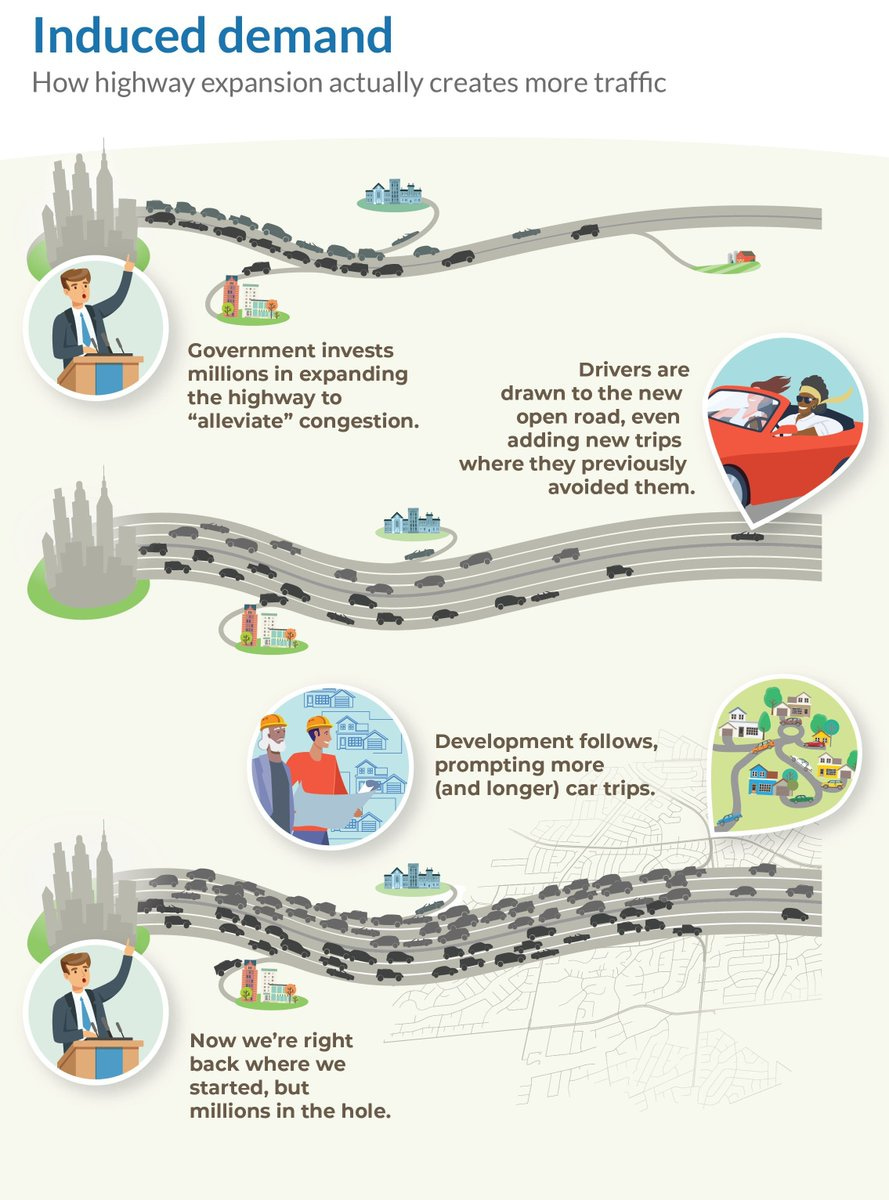
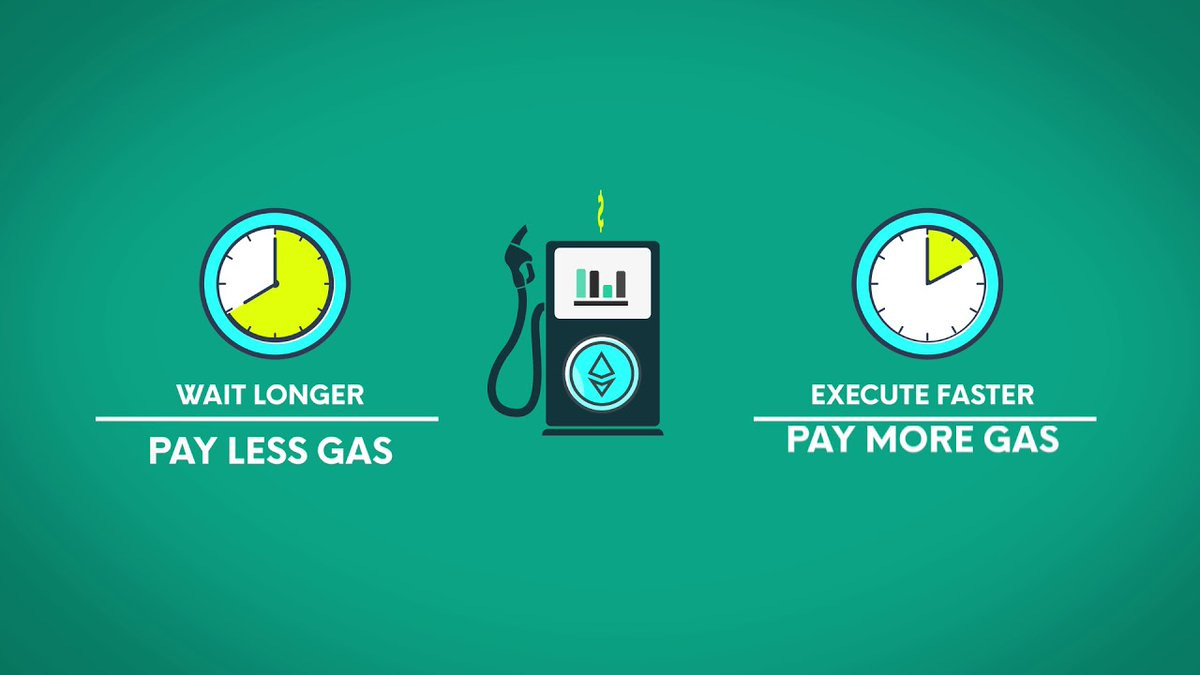

This is really interesting! Thanks for sharing your knowledge about this!